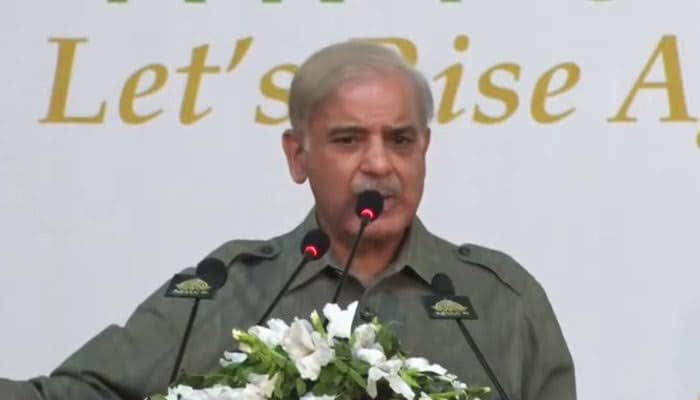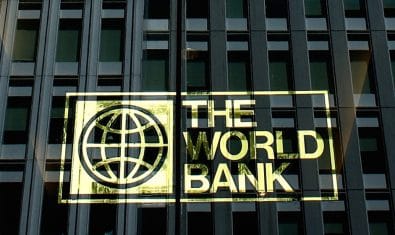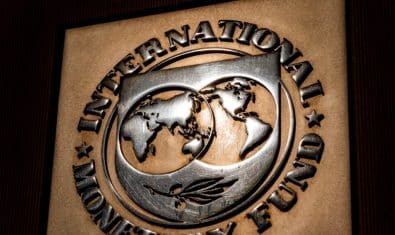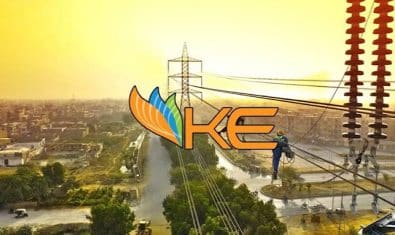Pakistan currently faces a number of domestic and foreign issues, which have been made even more difficult by the geopolitical climate and current commodity supercycle.
To resolve the difficulties Pakistan is currently facing in its socio-economic landscape, the country needs innovative solutions that will revive the economy.
Moreover, a brief round of more extensive talks with professionals from respective sectors that are directly involved in this change is a necessity.
A Vision to Transform Pakistan
Ahsan Iqbal, the Federal Minister for Planning, Development, and Special Initiatives worked towards the initiation of holding a first-of-its-kind conference, Turnaround Pakistan (TAP).
This conference was held in order to address the main issues facing the nation and identify solutions through short- and medium-term actions.
The government has already started its efforts to take immediate steps needed to stabilize the economy, as well as address the impending balance of payments problem.
However, the need to focus on medium- to long-term remedies for the economical crisis is much needed to restore Pakistan’s economy.
Turnaround Pakistan is a step towards promoting Pakistan’s Vision 2025 and was a conference that paid particular attention to in-depth discussions with a broad spectrum of stakeholders.
ARVE Error: src mismatchprovider: youtube
url: https://www.youtube.com/embed/FU4MZ_kmixE
src in org: https://www.youtube-nocookie.com/embed/FU4MZ_kmixE?feature=oembed&modestbranding=0&showinfo=0&rel=0&autoplay=1
src in mod: https://www.youtube-nocookie.com/embed/FU4MZ_kmixE?modestbranding=0&showinfo=0&rel=0&autoplay=1
src gen org: https://www.youtube-nocookie.com/embed/FU4MZ_kmixE
Political parties, federal ministries, provincial governments, businessmen from the national and international private sector, financial institutions, academics, think tanks, independent experts, NGOs, lawmakers, members of the nation’s civil society, and Pakistan’s 1st online real estate marketplace — Graana.com — were invited to add their two cents and make this vision into reality.
The conference was strategized by splitting up the attendees into seven main thematic groups.
Each of them had several subgroups. Later, all of the consultative workshops were organized accordingly, thus diversifying the ideas, personalities, and aims of different people and putting their focus on Pakistan.
Impact of the Conference on Pakistan’s Goals
Without a clear understanding of how and where a country wants to progress, there cannot be a proper plan and strategy to put in place the policies necessary to get there.
The conference’s results offered a short-to-medium term framework that will assist the nation in developing a coherent set of policies. These policies will address Pakistan’s current economic difficulties and further enhance many important objectives.
Additionally, to make the framework effective, performance indicators will be created along with a procedure for periodically evaluating results against those indicators will be in place.
Key Drivers for Country’s Growth
Pakistan’s growth has been strategized in line with the seven key drivers that are the pillars of Vision 2025.
These key drivers have been identified as the main forces of growth that would make Pakistan a dynamic and affluent country. All of these are important for short-term repairs or rapid cures for current socio-economic issues.
However, for the success of these pillars, specific conditions or critical enablers like political stability, world peace and security, the rule of law, and social fairness are to be met. These seven elements are mentioned as follows:
- Developing Human and Social Capital
- Sustained, Indigenous, and Inclusive Growth
- Institutional Reform and Democratic Governance
- Energy, Water & Food Security
- Private Sector-Led Growth
- Improving National Competitiveness
- Modernization of Transportation Infrastructure & Greater Regional Connectivity
Expected Outcomes from the Conference
The government will begin the process of clearing the threat of inter-corporate circular debt, enhancing the national security framework, accelerating work on the China-Pakistan Economic Corridor (CPEC), and reforming the budgetary framework, including tax administration reforms, engaging the business community, etc.
These initiatives were unable to diminish the significance of a comprehensive strategy for socioeconomic transformation based on a national consensus.
Efforts will be made to get the economy back to its sustained short-term potential GDP growth rate of around 5–6% per year. This might be accomplished quickly if problems with energy governance are fixed and some macro stability is attained.
In order to accelerate growth to above 7%, the government is attempting to support it with extensive and ongoing reforms in areas including public sector management, creating competitive marketplaces, and urban planning.
Private and Public Sector — A Joint Force for Progress of Pakistan
For the economy of any nation to strive towards growth, the contribution of the private sector in this regard is a must. When national bodies and departments join forces, the impact becomes greater and it becomes easier to meet goals.
Turnaround Pakistan successfully comprehended this need, coming forth with this conference to bring together the public and private sectors, graced by the presence of the Prime Minister himself.
In his address, the current Prime Minister emphasized the importance of real estate and its role in the country’s progress.




























